Can Casinos Come Back from COVID-19? With Careful Planning: Maybe, Says Expert
Posted on: May 17, 2020, 05:00h.
Last updated on: May 18, 2020, 11:57h.
The COVID-19 adverse impact on the casino industry has been devastating. Gaming operators from Las Vegas to Macau are reeling, and at the same time, regrouping. But are they focusing on the right things to ensure a strong comeback?
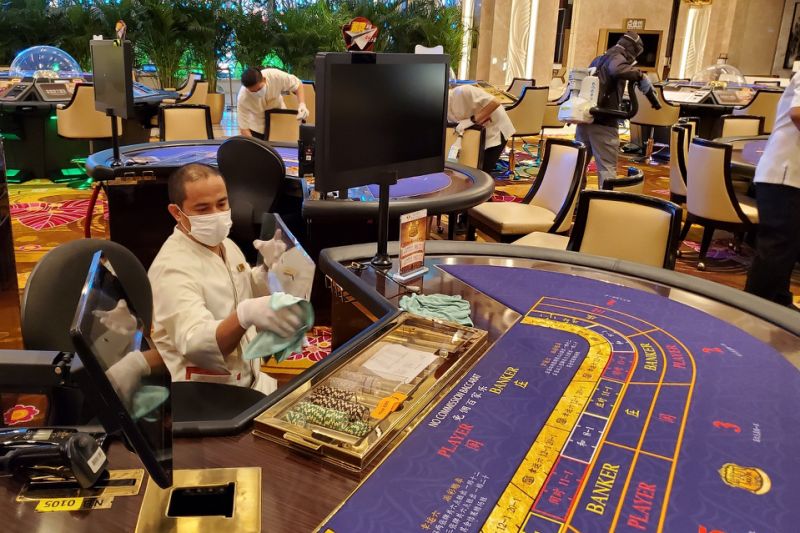
Rough Restart
Gaming properties that have reopened after weeks of hiatus in jurisdictions like Macau show mostly less than desirable outcomes. For the last four weeks, Inside Asian Gaming has been carrying out spot-checks on the number of customers in various Macau casinos.
The eleven Macau IRs—comprising The Venetian Macao, Parisian Macao, Sands Cotai Central, City of Dreams, Wynn Palace, MGM Cotai, Galaxy Macau, Grand Lisboa, Wynn Macau, MGM Macau, and StarWorld—averaged just 14 main gaming floor players during any given midweek afternoon.
All counts were conducted on Tuesday, Wednesday, and Thursday afternoons. Just to underscore the contrast, Sands China Limited’s casinos, pre-COVID-19, attracted around 200,000 visitors per day.
Much of this extreme visitor drop is due to tight border restrictions in place in Macau since late March. And the prospects in Las Vegas or Singapore will likely be similarly challenging.
Physical barriers such as cross-border travel restrictions (be they interstate or international), much more limited transportation options (in particular, via airlines, but also for ferries in Macau and buses) and quarantine requirements for customers traveling to or from casino destinations—already are, and will continue to—make it extremely difficult for customers to visit their favorite gambling destinations as easily as they once could.
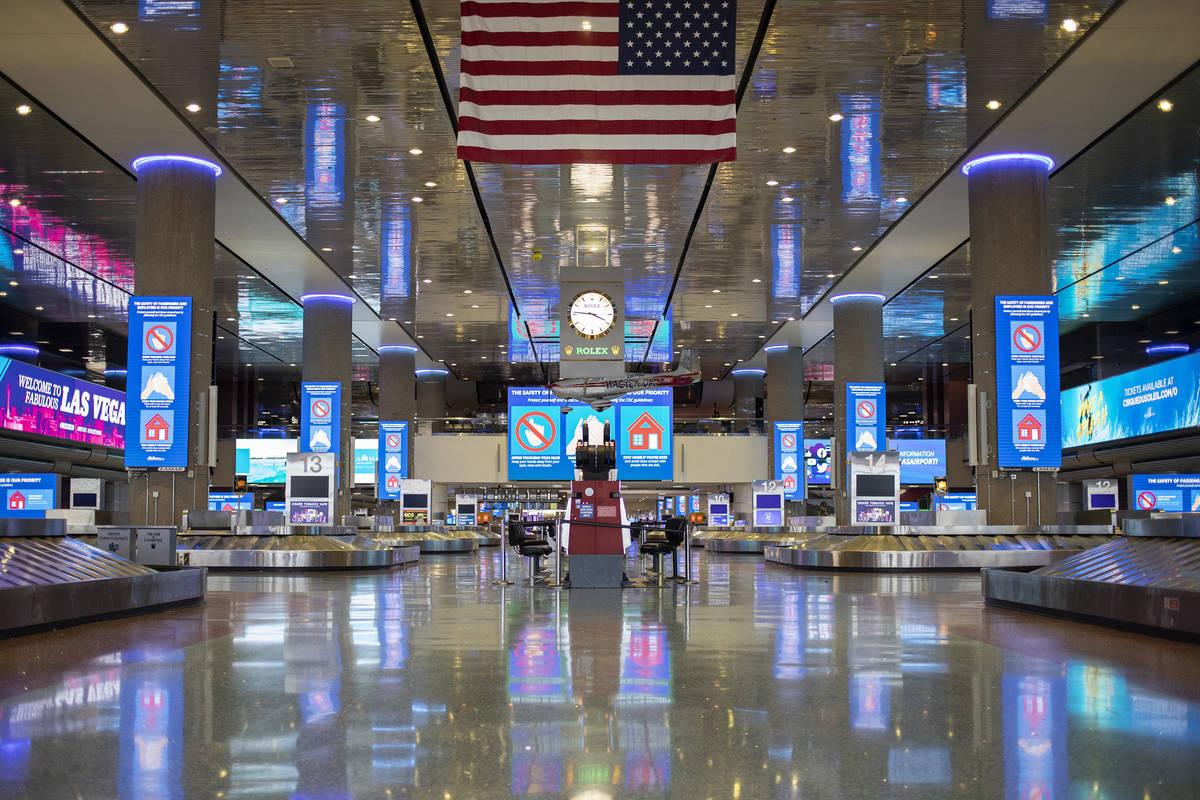
Looking at it from a financial viewpoint, it almost makes little sense for casinos to reopen at all unless all these entry barriers are substantially dismantled.
Not That Simple
Just removing the structural barriers that hinder access to a gaming destination does not guarantee that casino customers will start lining up at the door. The post-pandemic gambling mindset needs to be understood.
Resort operators should recognize three distinct phases customers will go through as casinos reopen. Long-term post-pandemic patronage will depend on how gaming executives respond to both customer and employee mindsets at each phase.
Paying Attention Pays Off
Phase One: Scouting
Casino operators should not assume that players loyal to their brands prior to the pandemic will automatically return.
Rob Goldstein, CEO of Las Vegas Sands, said in his call to investors, “We hear anecdotally that people are really frustrated and want to go back to gambling in casinos.”
In an earnings call on April 29, Wynn CEO Matt Maddox noted, “As an opening gets closer, there will be pent-up demand in the leisure segment.”
But while some people who can get to casinos will certainly visit, it’s erroneous to assume that their brand preferences would not have changed during the lockdown period.
During what I term the “scouting” phase, casinos need to be observant and responsive to the few customers they will attract, and respond appropriately to rapidly changing player wants and attitudes.
“Return to player” needs to be considerably increased to lay the foundations of a reinvigorated loyalty program. New operating models will need to be introduced and refined as operators continue to relearn about their customer base.
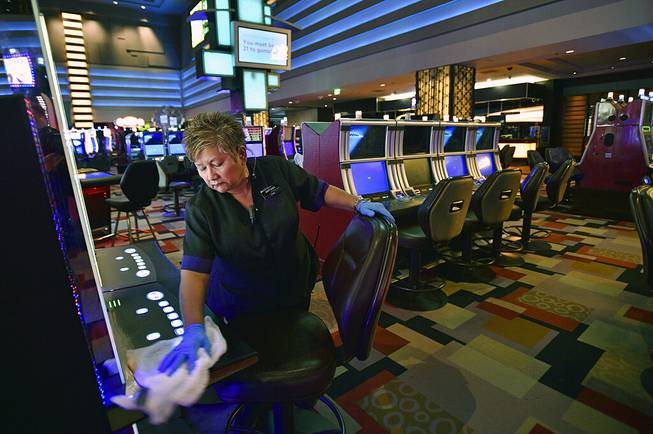
And of course, in the wake of the pandemic, gaming customers will need constant and tangible evidence that their safety is being appropriately safeguarded.
Getting to Know You — Again
Phase II: Refamiliarizing
After a few weeks of the first phase—and provided there are no significant COVID-19 flare-ups—the hope is that customers, as well as employees, will start to settle into behavioral patterns that will stick beyond the crisis period.
At this stage, casino operators will have to aggressively reposition and promote their existing offerings. Future-looking operating norms will have to be set in motion based on customer and employee feedback.
While attention to the health and safety of all will remain the cornerstone of an overarching strategy, maximum effort should also be dedicated to recreating buzz and excitement about the property.
During the “refamiliarizing” phase, casino executives will have to rely on their employees as the eyes and ears for customer responsiveness. Their assessment of what’s working and what needs to change should be taken as valuable pieces of advice for consideration.
Evening the Keels
Phase III: Stabilizing
In this phase, gamblers are starting to settle into a new casino, dining, and entertainment reality.
Understandable anxiety—so rampant during the scouting phase—should have diminished, as new, accepted attitudinal and behavioral patterns begin to take root.
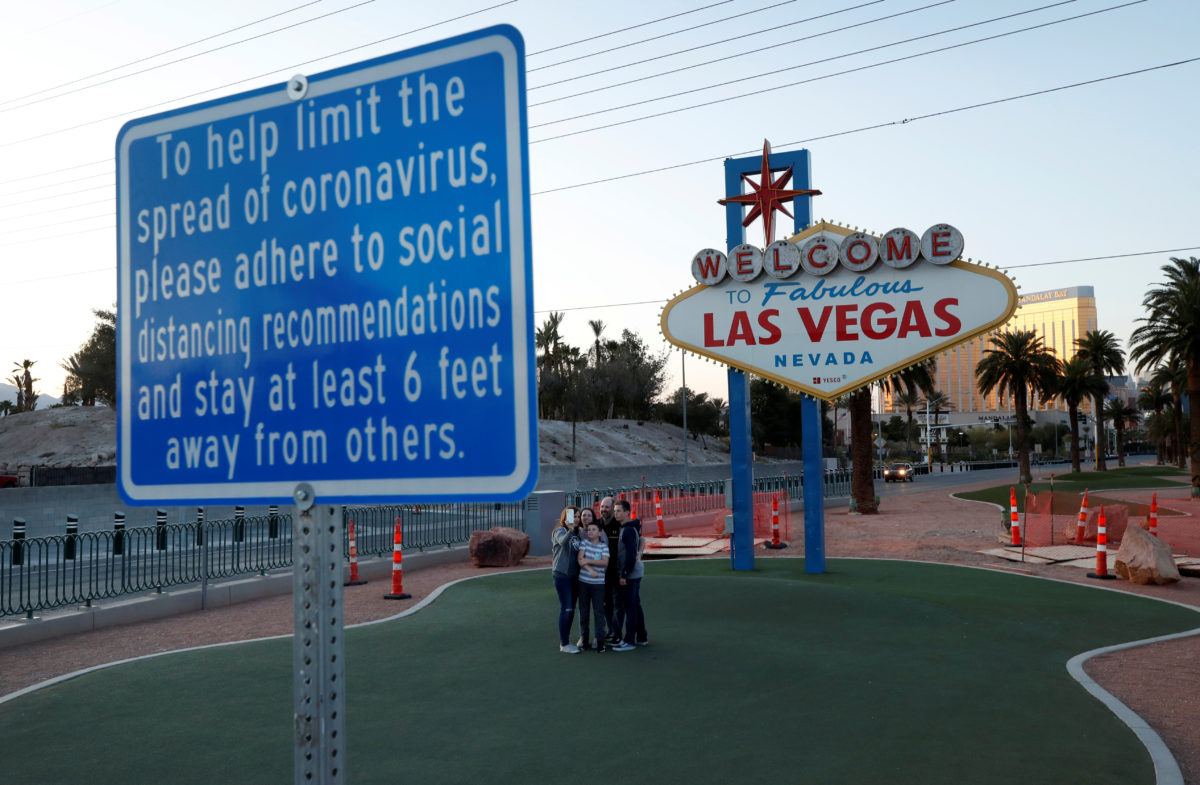
At this stage, operators will begin to realize that their customer mix may have changed. With the knowledge, new segmentation models will have to be developed in order to craft effective marketing strategies. Voice of Customer (VoC) should form the bedrock of every marketing initiative and substantial resources should be allocated to understanding key customer groups.
Along with this, casinos will begin to have a better idea of their post-pandemic revenue mix. What proportion of total revenues come from gambling?
In Las Vegas—where two-thirds of operator revenues come from non-gaming attractions—how should integrated resorts prioritize their offerings under the new normal? With nightclubs and shows shuttered for the foreseeable future, will Las Vegas casinos be able to break even from just gaming and restaurants?
Unfazed by Phases
Obviously, how long each phase lasts will vary from one area to another, and sometimes from casino to casino. The way mainland Chinese patrons interact with the gaming industry in Macau will normalize in a different way and rate than how gamblers will come back to casinos in Las Vegas.
Every property will have to make its own unique plans for navigating the three phases. Customer research prior to reopening might provide valuable insights to that end.
Universal Changes
Drastic changes in the way employee and customer relationships are handled will be the unifying theme as the industry comes back from the COVID-19 shutdown. If they change nothing, they will likely see drastic drops in customer numbers from per-pandemic quarters, and are rife to lose good employees to serve the few customers they do have.
Industry observers agree that casinos will need 50 to 60 percent occupancy just to break even when they reopen. Not many gaming operators will be able to achieve this kind of customer patronage within a reasonable time frame, unless appropriate strategies and processes are implemented at each phase of the customer journey.
If Macau’s post-pandemic experience to date is anything to go by, reopening casinos in Vegas and elsewhere will be an uphill and financially draining exercise. Casinos will do well to realize that the few patrons they attract in the early phases of reopening are worth their weight in gold.
What Lies Ahead
On May 8, the Nevada Gaming Commission (NGC) approved rules for re-opening the state’s casinos.
In response and to get ready, Wynn Resorts has prepared a 23-page health and safety plan in consultation with three leading public health medical professionals and fellows of Georgetown and Johns Hopkins Universities. Wynn execs have said they expect to open their two Las Vegas casinos in Las Vegas on May 26. Treasure Island and Caesars have also discussed opening back up later in May.
Hopefully they will fare better in recovery than in Macau, where casinos reopened on Feb. 20 after two weeks of closure, but were met with depressing customer numbers.
Sudhir H. Kalé, Ph.D., is a casino scholar with decades of research experience in the gaming industry. Kalé has written over 100 articles on patron behavior and casino marketing. His company, GamePlan Consultants, is currently assisting casinos all over the world with their reopenings post COVID-19. You can reach him at sudhir.kale@casino.org.
Related News Articles
Most Popular
Mirage Las Vegas Demolition to Start Next Week, Atrium a Goner
Where All the Mirage Relics Will Go
Most Commented
-
Bally’s Facing Five Months of Daily Demolition for Chicago Casino
— June 18, 2024 — 12 Comments

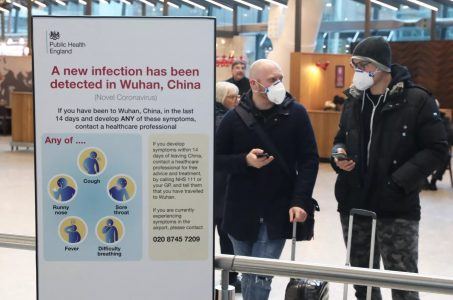

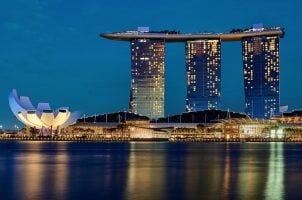












Last Comments ( 2 )
Casinos and airlines should be investing in cheap, quick and reliable coronavirus testing. Test the patrons as well as the staff often to prevent becoming a super-spreader business. Make it fun somehow. Airline customers should be tested before they get on a plane. This is going to be more effective than lots of surface cleaning.
Plexiglass between machines..disinfectant dispensers at endcaps of machines ...tables in restaurants spread out...masks necesssary before customers can enter...lots of red signage and floorwalkers wiping down machines ongoing...customers should earn more comps on food and gaming. Masks on hand and lots of wet wipe disinfectants. FREE coffee...etc. no self serve.